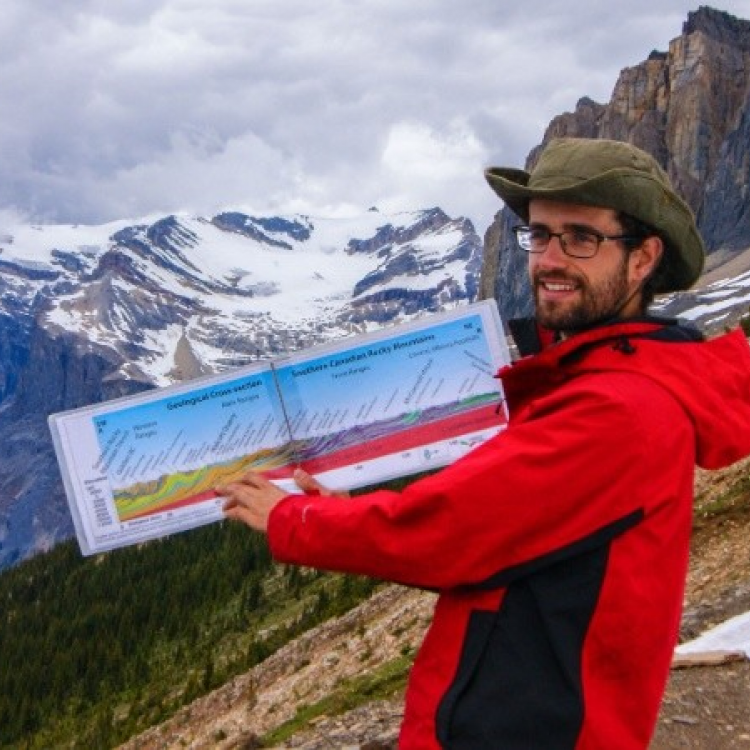Date
Date and Time
October 21, 2020 12:00 PM (PDT)–01:00 PM (PDT)
Abstract
We explore the use of advanced analytics to understand and define areas of high permeability within the Raft River geothermal resource area using a combination of geological, 3D seismic, and magnetotelluric (MT) data. Existing datasets include a 3D seismic reflection and a 3D resistivity volume. The seismic reflection data has been used to generate a series of seismic attributes including amplitude, energy, semblance, correlation, and texture. The MT data has been used to generate resistivity and spatial gradients of resistivity. These datasets have been co-registered onto the same coordinate system and an initial analysis of correlations has been conducted. The goal is to include other key factors, such as permeability or temperature and explore the possibility of using the combined seismic and MT data in a predictive fashion. This analysis is currently based on python-driven Jupiter notebook using scipy, which allows for easy collaboration between partners. In parallel, we are examining the relationship of the MT and seismic attributes to the geology. Considerable spatial variability in resistivity exists, but in general the upper section, which consists of Tertiary volcanoclastics shows relatively low resistivities, which contrasts with higher resistivities characteristic of the lower Precambrian basement. The boundary between the basement and the overlying sediments appears to be distinct in both the seismic attributes and the MT, although the exact details and relationship to previously inferred structure such as the Narrows structure and Bridge Fault Zone are unclear at present.
Speakers
Session Code
EPW14P
Session Name
Machine Learning in Geothermal Development







































































































































































































































